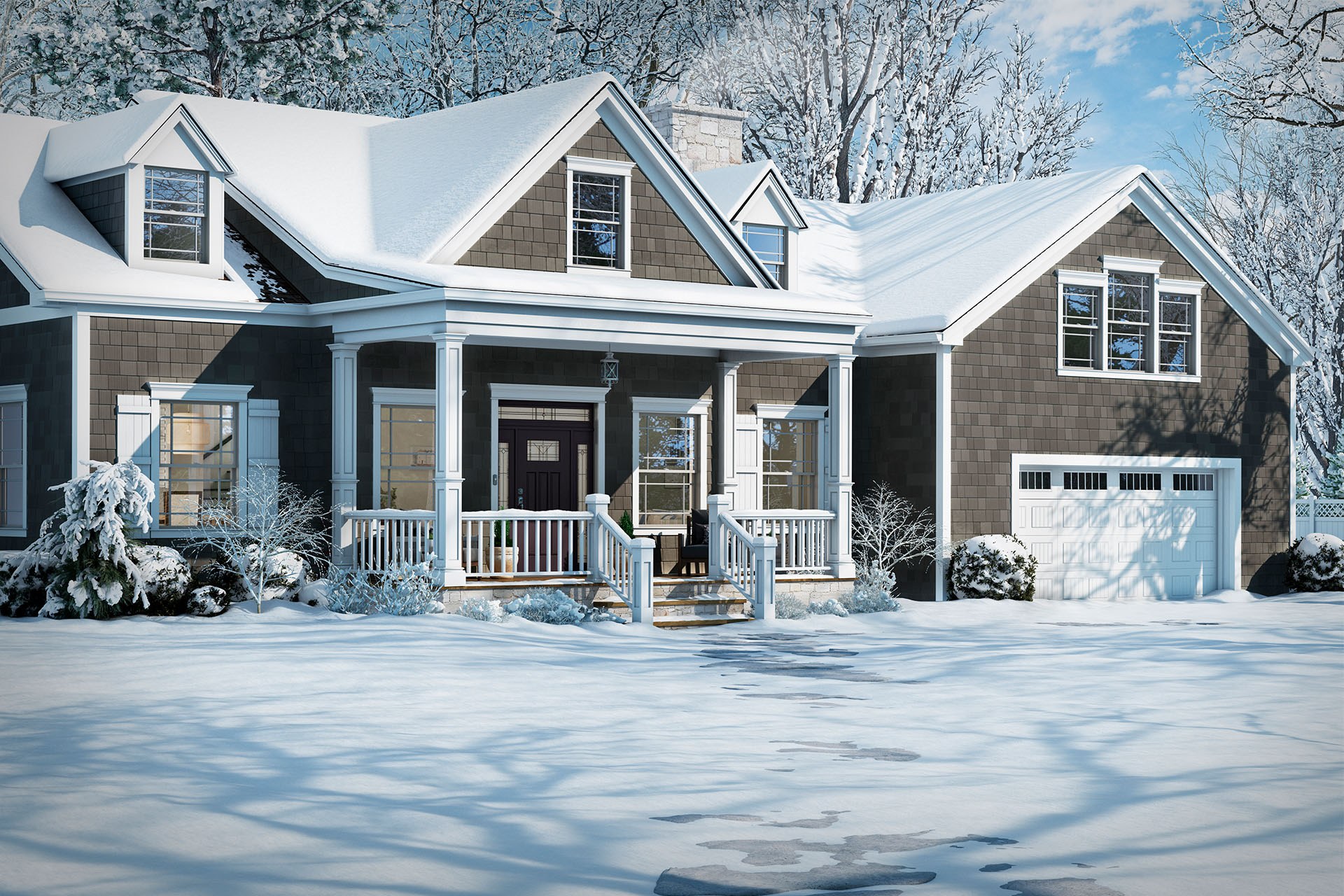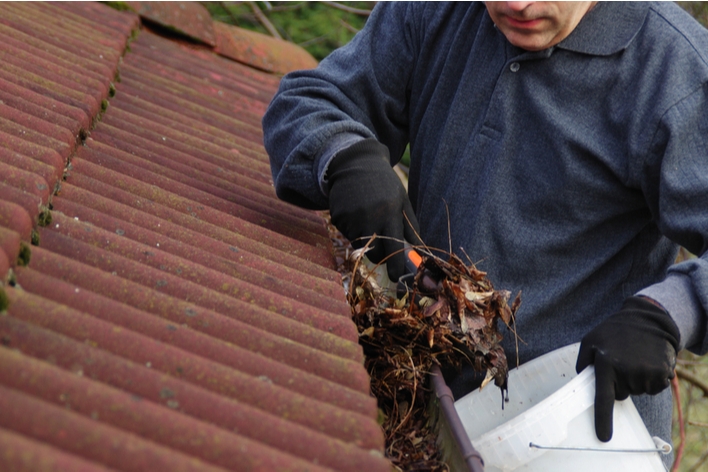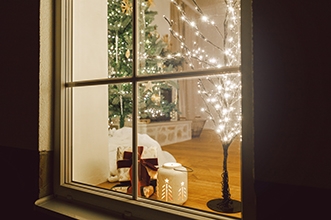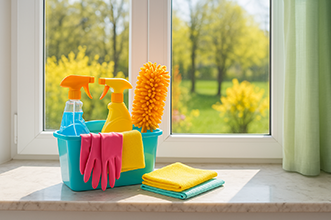11 Simple Ways To Prepare Your Home for Winter
Ready to get started?
Window World offers free in-home consultations! Click below to schedule today!
Get started!
Winter is coming … Is your home ready?
Winter is on its way, and there’s nothing you can do to stop it. You can, however, complete a few simple tasks now that will prolong the life of your home and even save money on the energy bills in the process. Fall is the best time of year to get your home ready for winter, so let’s look at some easy ways to prepare your home for the cold to come.
Start outside

It’s already getting colder and closer to the holiday season with each passing day, so it’s a good idea to start your winter weather prep on the exterior of the house while temperatures are still in a healthy zone for outside exposure.
1) Clean out the gutters
It’s not particularly glamorous, but cleaning your gutters before winter prevents ice dams from forming when leftover debris and water freeze in low temps. Once they become a problem, ice dams can eventually lead to water seeping back into your home. Keeping gutters clear in winter is one of the easiest ways to prevent costly damage in the future.
2) Seal air leaks with caulk
This one can come into play both inside and out. If you want to save energy this winter, the Department of Energy says that caulking leaks that are letting drafts in the home can end up resulting in an overall energy savings of 10%-20% for your household. Saving that much energy from a project that normally costs between $3-$30 to complete is an absolute bargain.
3) Prep the yard and put away outdoor accessories
Before Jack Frost arrives, it’s a good idea to cover outside furniture or bring it inside if you have space. Fall is also the perfect time to lay the groundwork for a lush green lawn in the spring. Aerate and seed the lawn around October. Then apply fertilizer in November. When the buds of May arrive, your neighbors will be green with envy (but not as green as your lawn).
4) Winterize your sprinkler system
If you have one, now’s the time to winterize your sprinkler system before the threat of frozen pipes and clogged valves becomes an issue. HomeAdvisor’s “True Cost Guide” estimates this service to cost between $52-$111 from a pro, so it’s not going to break the bank either.
Bring the party inside

Now that you’ve taken care of winterizing your home on the outside, it’s time to focus on the tasks inside the home. Take off those gloves, put on a pot of coffee, and let’s get to work.
5) Insulate air ducts and hot water pipes
Most people focus only on window and door insulation for winter, but one of the most effective ways to fight energy loss is to insulate air ducts and hot water pipes throughout the home. The Department of Energy tells us that a home with central heating can lose about 20% of the air that moves through the HVAC system. That’s a lot of hot air! It also pays energy dividends to wrap those hot water pipes with fiberglass insulation, a procedure that takes only a few hours and costs as little as $50 to complete. This video even shows you how.
6) Seal air leaks in windows and doors
If you have drafty windows or doors, there’s nothing better than buying all-new replacements to fix the problem. If you’re not quite ready for that, you can squeeze a few more years from your aging fenestrations by adding weatherstripping to leaky areas. At a cost of $5 to $10 per roll, this is a smart and easy way to save energy.
7) Add a sweep to your busiest doors
If you’re losing warm air from the bottom of a door, weatherstripping may not be enough to help. For less than $20, you can install a draft guard that will help close those gaps and keep the heat inside. If you’re ready to replace your less efficient door with a newer model, you’re just a few clicks away from a lifetime of warmth.
8) Close the fireplace damper
If you have a fireplace, be sure to close the damper before cold weather arrives. If you don’t plan on using your fireplace throughout the season, you can add a chimney balloon for an extra layer of energy-saving security.
9) Test fire and carbon monoxide detectors
While you should test your fire and carbon monoxide detectors year-round, most house fires occur in the winter. It’s smart to check the batteries and functionality of your detectors to be sure they’re working correctly in their most important season. And if you don’t already have a carbon monoxide detector, get one.
10) Set ceiling fans to a clockwise direction
If you’ve never changed your fan’s direction before, get ready to be blown away. Flipping the switch found near the motor of most units will change the direction that your fan spins. A clockwise direction in colder months will help push warmer air from the ceiling back into the heart of the room. Just make sure to flip the switch back to a counterclockwise spin in the spring to continue saving energy year-round.
11) Add a programmable thermostat
We’ve all seen those techy thermostats that look like they belong aboard the bridge of the Starship Enterprise. But as it turns out, they not only look cool, they can save up to $180 a year on your energy bills too. Once installed, you can program setback periods into your system that automatically lower the temperature when you’re asleep or away at work. A little planning in the beginning can turn into considerable savings down the road.
When it comes to winterizing your home, it’s never a bad idea to trust the pros. If you’re in need of home maintenance tips and tricks, head over to our Inspiration section. When the caulk and weatherstripping no longer stop the leaks in your aging windows and doors, set up an appointment to speak with one of our expert design consultants.
Editor’s Note: This post was updated in December 2020.




